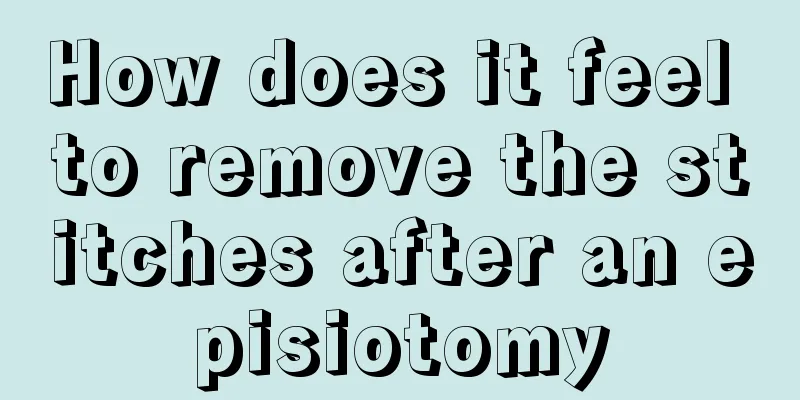What are the symptoms of kidney cyst

|
Renal cyst is the most common kidney disease in adults and is mainly caused by structural abnormalities. The presence of a kidney cyst can bring about noticeable symptoms, including pain and discomfort in some parts of the body. Severely ill patients may also have blood in the urine and a mass in the abdomen. If there is any abnormality, a formal examination should be carried out first. symptom (1) Discomfort or pain in waist and abdomen: The pain is characterized by dull pain fixed on one or both sides radiating to the lower part and waist and back; (2) Hematuria: It may be manifested as microscopic hematuria or macroscopic hematuria; (3) Abdominal mass: sometimes the main reason for patients to seek medical treatment. 60-80% of patients can palpate enlarged kidneys. The larger the kidneys, the worse the renal function. (4) Proteinuria: Generally, the amount is not much and will not exceed 2 grams in 24 hours, so nephrotic syndrome will not occur; (5) Hypertension: Cysts compress the kidneys, causing renal ischemia and increased renin secretion, leading to hypertension diagnosis 1. Basic inspection 1. Urine examination: Urinalysis is normal. If the cyst compresses the renal parenchyma or there is an intracystic infection, a small amount of red blood cells and white blood cells may appear in the urine. 2. B-ultrasound can help you understand the number, size, and condition of the cyst wall. It can also be differentiated from renal solid masses and is the preferred examination method. Typical B-ultrasound manifestations are absence of echo in the lesion area, smooth cyst wall and clear boundary. When the cyst wall shows irregular echo or localized echo enhancement, one should be alert to malignant transformation. In case of secondary infection, the cyst wall thickens, the lesion area has fine echo, and the echo is enhanced when there is bleeding in the cyst. When imaging shows multiple cysts, they should be distinguished from multilocular cysts and polycystic kidney disease. 3. Intravenous pyelography (IVP) can show the extent to which the cyst compresses the renal parenchyma and can distinguish it from hydronephrosis. 2. Further inspection CT is valuable for those who are uncertain about the diagnosis through B-ultrasound examination. When the cyst is accompanied by bleeding, infection, or malignancy, it will appear heterogeneous and the CT value will increase. When CT shows the characteristics of a cyst, there is no need for cyst puncture. |
<<: What are the late symptoms of cor pulmonale
>>: What are the symptoms of progressive muscular atrophy of the spinal cord
Recommend
What exercises can women do to tighten their vagina?
The vagina is a very important reproductive chann...
The efficacy of purslane on the face
Portulaca oleracea is a relatively common herb. I...
Is magnet harmful to human body
Magnet is also called magnet in science, and magn...
Shortness of breath, chest tightness, and even eating makes me tired
Shortness of breath, chest tightness, and feeling...
How to use loose powder
For women who love beauty, they must ensure that ...
What to do if there is too much hair on the sideburns
We all know that whether it is us humans or other...
What are the uses of okra
Okra, also known as lady's horn, is native to...
Normal value of carbohydrate antigen 153
CA153 is a carbohydrate antigen. Generally, the n...
The best age for myopia surgery
In modern society, more and more people are suffe...
Can white wine cure toothache?
Liquor cannot cure toothache. If you drink it, it...
Is it good to drink light salt water on an empty stomach in the morning to lose weight?
Losing weight is a common topic among women, so h...
Benefits of wheatgrass juice
Wheatgrass juice is a common drink in life. Many ...
How many times a day is normal for a baby to spit up?
Parents often encounter many problems when feedin...
Generally, the latest number of days for a fertilized egg to implant is
Pregnant women must master a lot of knowledge so ...
How to care for advanced lung cancer? 4 nursing measures for advanced lung cancer
Lung cancer in the advanced stage cannot be compl...









